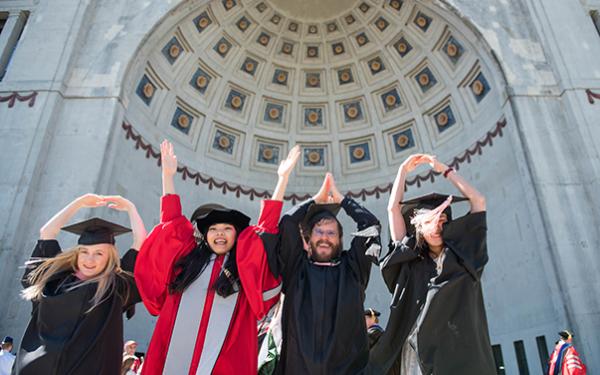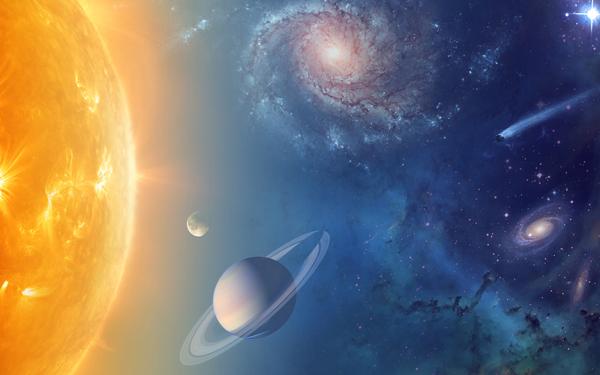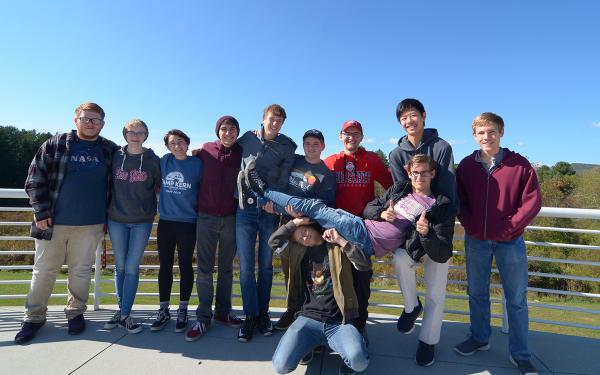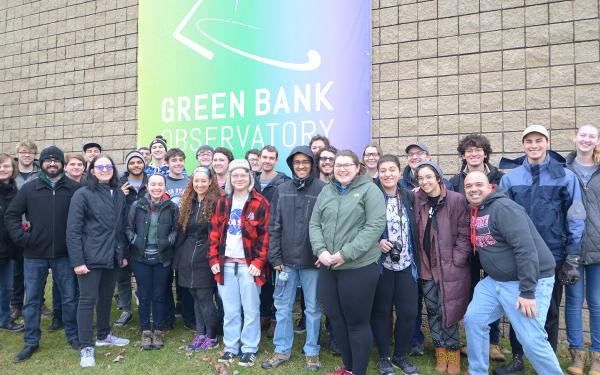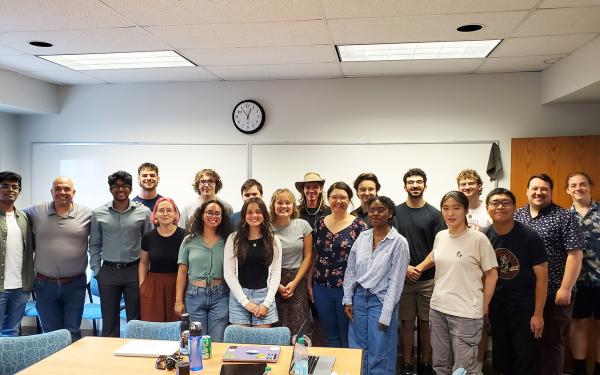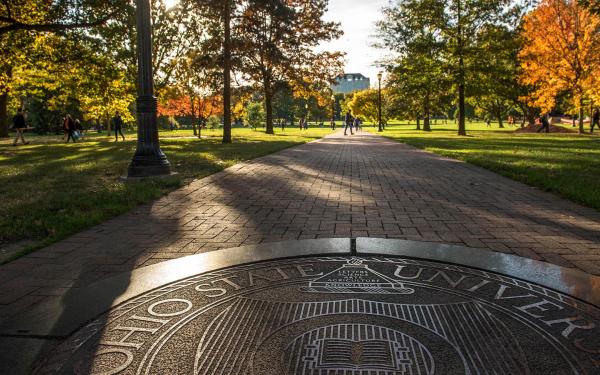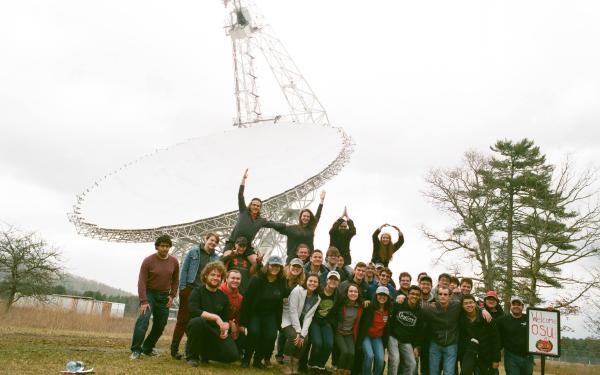Astronomy and Astrophysics is the study of planets, stars, galaxies, and the Universe as a whole; its origin, and how it evolves with time.
31
Majors graduated in academic year 23-24
200+
Majors and Minors declared for Astronomy and Astrophysics
4th
Largest astronomy program in the USA, by number of undergraduate degrees awarded in 2023
Need Help?
If you need help in one of your physics courses, click here for available tutoring resources. Help in astronomy classes can often be found by attending an Astronomical Society meeting.




